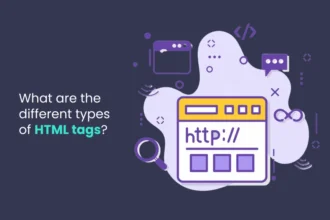What are the different types of HTML tags?
HTML tags are the building blocks of an HTML document. They define the structure and content of web…
Difference between display none and visibility hidden in CSS?
The display: none; and visibility: hidden; properties in CSS both make elements invisible, but they behave differently in…
What is Flex Box in CSS?
Flexbox, short for Flexible Box, is a CSS layout model designed to make it easier to create flexible,…
Explain Call, Apply and Bind in JavaScript.
Call, Apply, and Bind in JavaScript In JavaScript, call(), apply(), and bind() are methods that allow you to…
Explain Deep Copy and Shallow Copy in JavaScript.
1. Shallow Copy A shallow copy creates a new object with copies of the values of the original…
What is a Closure in JavaScript?
A closure in JavaScript is a function that remembers the variables from its outer lexical scope even after…
What is hoisting in JavaScript with an example?
Hoisting is a behavior in JavaScript where variables and function declarations are moved to the top of their…
Explain var let and const in JavaScript with Example.
In JavaScript, var, let, and const are used to declare variables. They differ in scope, reassignability, and hoisting…
What is Position in CSS?
In CSS, the position property is used to specify how an element is positioned in the document. It…
What is Block level Element and Inline Level Element?
Block-level Elements Block-level elements occupy the entire width of their parent container (by default) and create a new…
Difference Between position: relative and position: absolute in CSS
Propertyposition: relativeposition: absoluteDefinitionThe element is positioned relative to its original position in the normal document flow.The element is…
What is Symentic HTML?
Semantic HTML refers to using HTML tags that convey the meaning or purpose of the content they enclose,…












